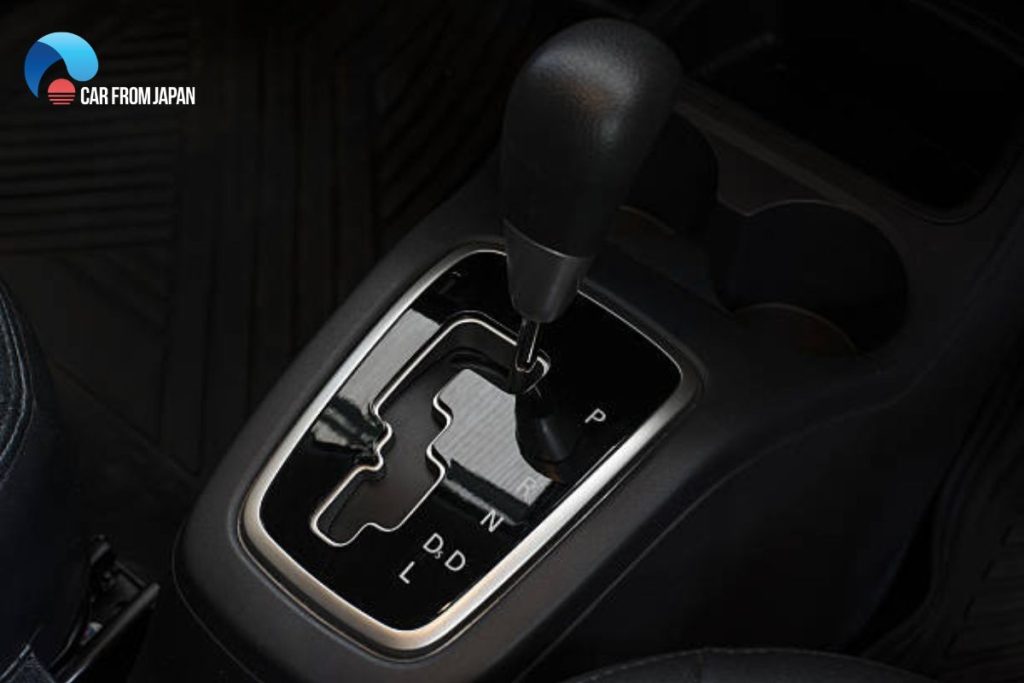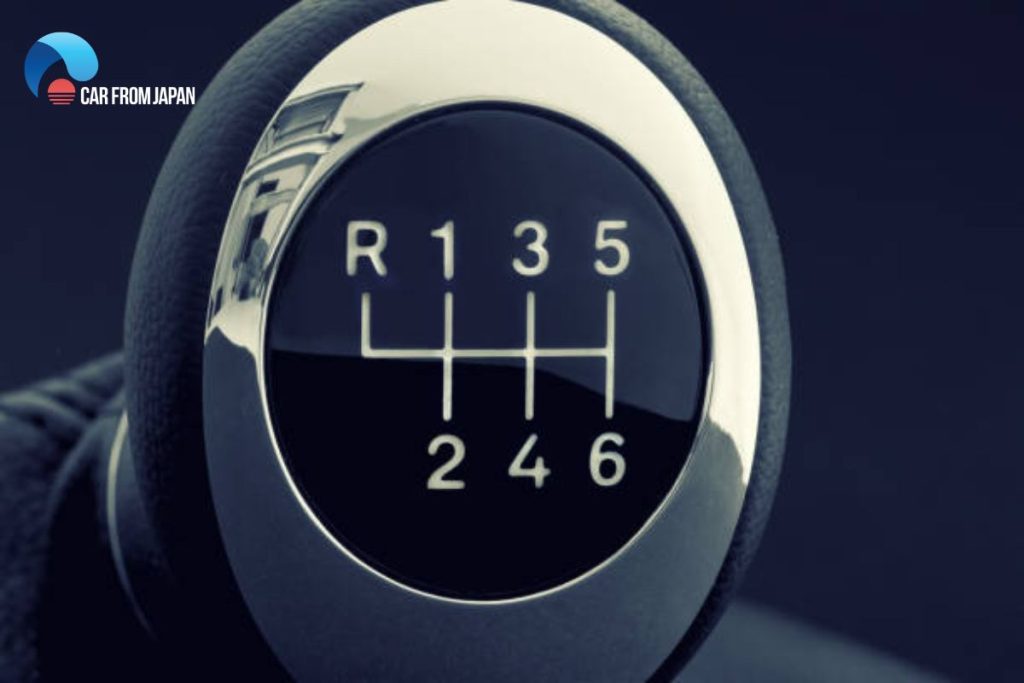Why have Europeans traditionally preferred manual cars? While the rest of the world, particularly North America, embraced the ease of automatic driving long ago, Europe held on tight to the stick shift. It wasn’t just a random preference. The answer is a fascinating mix of three simple factors: cost, culture, and the continent’s unique roads. Want to know the percentage of manual cars in Europe? Read on to have a look.
Contents
Percentage Of Manual Cars In Europe And The Reasons Behind It
Surprisingly, over 80% of cars sold in Europe run on manual transmissions. As per the latest reports, the number of automakers has been increasing, though. The change is occurring gradually. While you may be all perplexed as to why the transition is delayed, let’s spill the beans for you.
The luxurious automatic
Automatic transmissions are regarded as a luxury that only a few can afford. The US is one country where only 3% of the cars are manual, owing to the developed status the country enjoys. In Europe, the automatic cars cost approximately 1000 Euros more than the manual ones. So why would people shift to something more expensive?
Even the maintenance and servicing costs of an automatic are much higher than those of a manual. This is one of the major reasons that contributes to the high percentage of manual cars in Europe.

The fuel economy of the manual
Surprisingly, the fuel prices in Europe are quite exorbitant. Automatic cars tend to be heavier and can even lead to a loss in the drivetrain, thus more of fuel consumption. On the other hand, the manual is much more economical and affordable to drive. Technological advancements are making the automatic more fuel efficient though.
The new automatics in the market are fuel-efficient with only a slight difference when compared with the manual. As a matter of fact, automatic cars offer better gas mileage than manual cars. In the end, it is just one’s perception that may drive one’s decision to choose between manual and automatic.
The European topography
Europe has a dynamic topography. The continent is dominated by narrower roads, hilly areas, crowded cities, and bumpy terrains. Driving through the roads of Europe thus calls for the ultimate driving experience with manual transmissions. Moving the gears up and down is more common when driving through the countryside area hence manual offers seamless acceleration around the curves.
No one would choose to compromise with their drive time and safety where curvy roads are usual. In simple words, it is less practical and more tiring to drive with an automatic in Europe.
The technical perspective
There is a regulation in the UK that you would have to drive a manual for the driving test if you want a license for the automatic as well. The contrary is not true! If you go for a driving test with the automatic, you can’t drive a manual.
This is another reason why people prefer manuals as their first cars. Having a manual license makes one eligible to drive an automatic as well. Another thing, if you wish to rent a car around Europe, you’ll be provided a manual car that is more prominent and safer to drive. Go through industry knowledge for more information on the advantages of manual cars.

Additionally, there are many factors that may contribute to why Europeans tend to prefer driving manual cars. Here are a few possible reasons:
- Tradition: Manual transmission cars have been around for a long time, and they were the norm in Europe before automatic transmissions became common. As a result, many Europeans grew up learning to drive manual cars and simply preferred them.
- Driving experience: Some people simply enjoy the feeling of driving a manual car, as it can be more engaging and provide a greater sense of control over the vehicle. In Europe, where many roads are winding and narrow, driving a manual car can also be a practical choice, as it allows drivers to better navigate these types of roads.
- Cost: In some European countries, the cost of purchasing and maintaining a manual car may be lower than an automatic car. This can be a factor in people’s decision to choose a manual transmission.
Latest Update: Automatics Are Now Taking Over
So if manual cars were so perfect for Europe, why is the tide turning so quickly? The old advantages are rapidly disappearing in the face of modern technology.
The technology leap
The sluggish, fuel-guzzling automatics of the past are gone. Modern automatic transmissions, especially advanced dual-clutch systems, are now engineering marvels. They can shift faster than any human and are often more fuel-efficient than their manual counterparts, making the old cost-saving argument obsolete.
The electric revolution
This is the biggest game-changer. Electric vehicles (EVs) and most hybrids don’t have traditional multi-speed gearboxes. As Europe pushes aggressively towards a greener future with strict CO2 emission goals, the market is flooded with electric and hybrid models. By default, this means more and more drivers are getting behind the wheel of an automatic.
Comfort and convenience
As traffic in major cities gets worse, the appeal of an automatic has grown. The constant clutch work in stop-and-go traffic is pulling, and an automatic offers a far more relaxed driving experience. Furthermore, modern driver-assistance features like adaptive cruise control work best and most seamlessly with an automatic transmission.
Wrapping Up
Driving manual cars has been popular and prevalent in Europe since time immemorial. The reasons listed justify why the percentage of manual cars in Europe is on the rise. In the end, it is all about comfort and convenience.
The good thing is that at least Europe is keeping manuals in the trend, where everywhere else, the gearbox is disappearing. However, it’s worth noting that while manual cars may be more popular in Europe than in some other parts of the world, they are still becoming less common overall as automatic transmissions become more advanced and widespread.




You forgot to mention snow and ice which renders an automatic next to useless
that makes no sense. a manual car has no more or less traction than an automatic. most autos allow to choose a lower gear for slow travel over icy roads. only a few offer a sole D for Drive option. the funny thing about this article that i feel may be written by some AI: In simple words, it is less practical and more tiring to drive with automatic in Europe. WHHAAA?? because of curvy hilly roads the auto is less practical and more tiring? you just press the go pedal to go… ffs